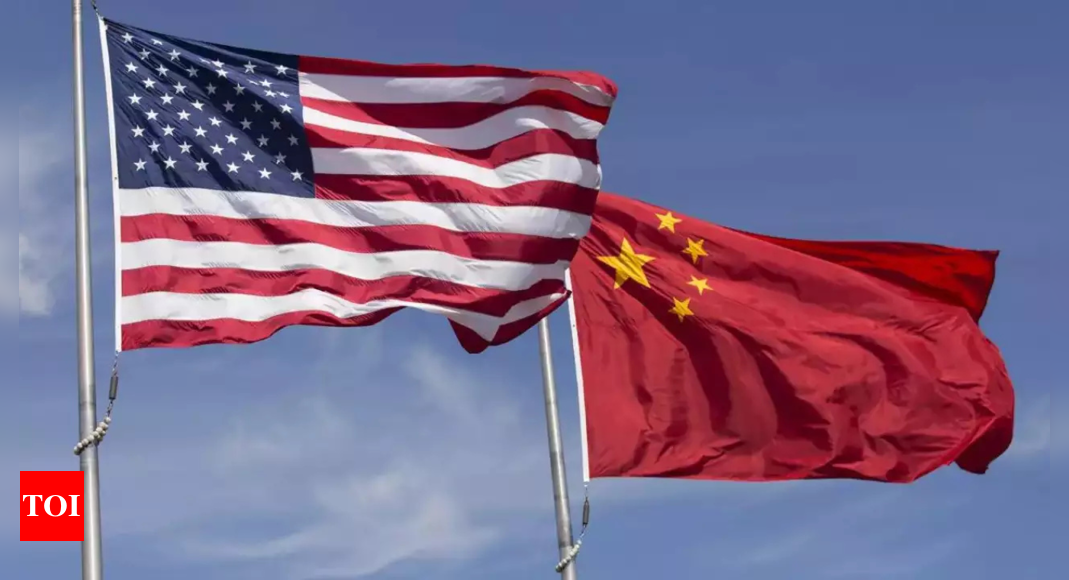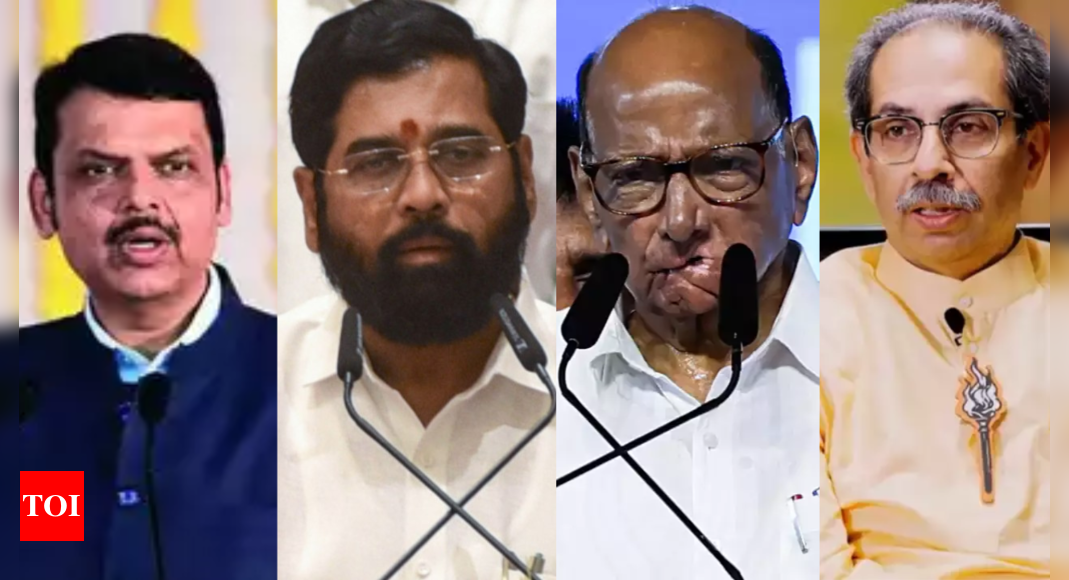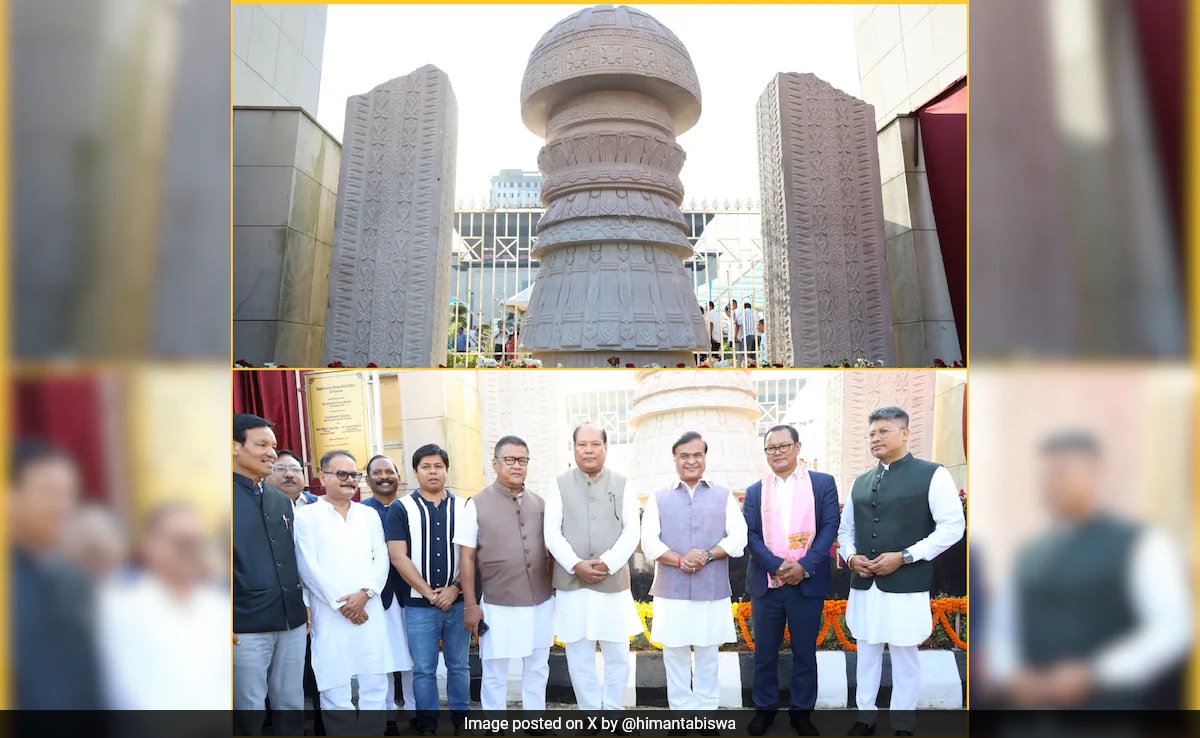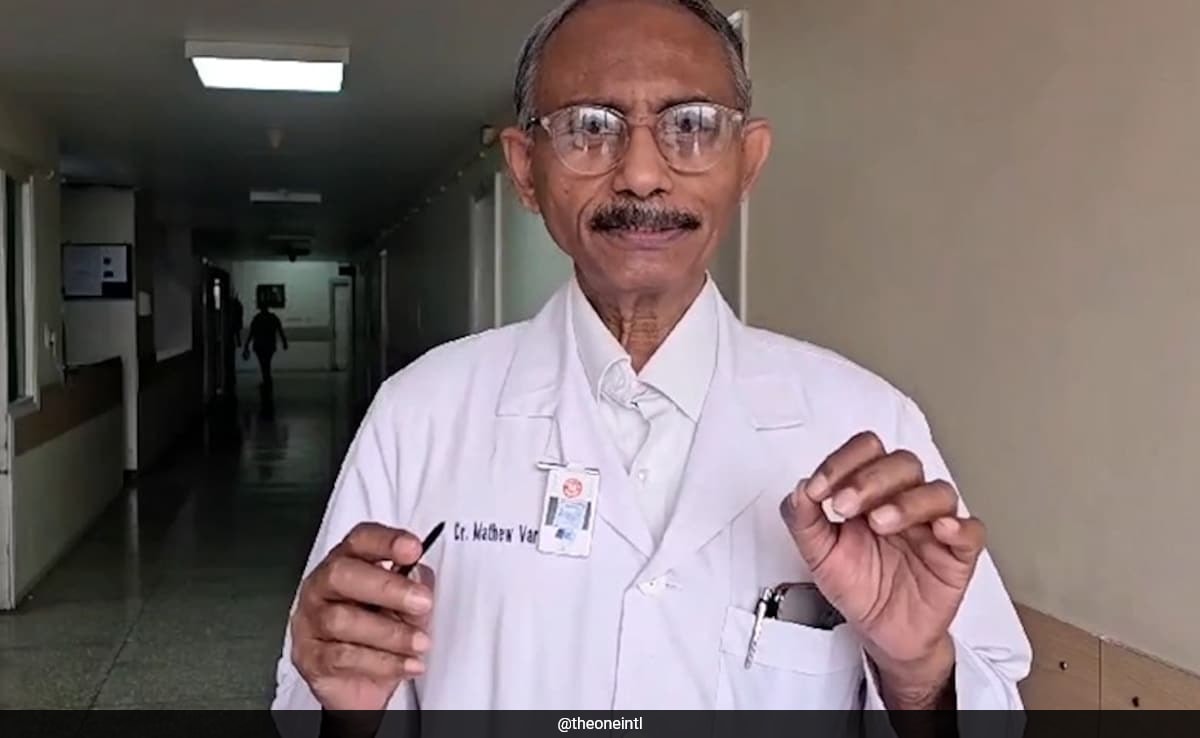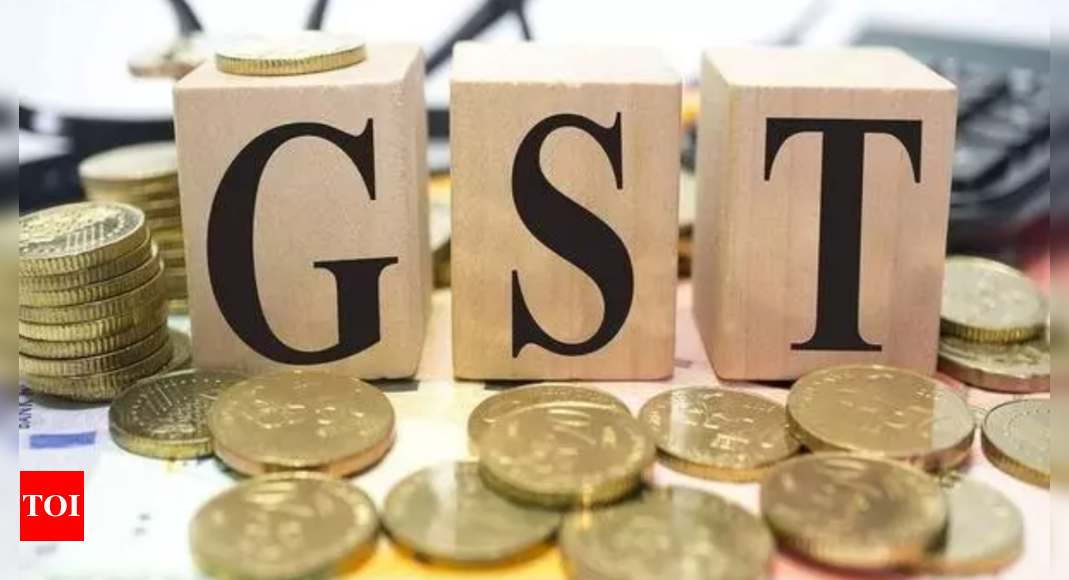
Also on the agenda for Monday’s meeting is a status report on online gaming and clarifications on GST on branches —- a move that will help Infosys, foreign airlines and shipping companies, which have been slapped with a demand by the DG GST Intelligence.
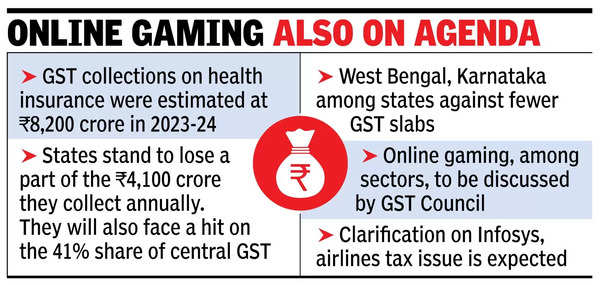
There are several other issues on the table at the meeting that will be chaired by Union finance minister Nirmala Sitharaman. But life and health insurance are two items on which consumers are keeping a close watch, given that they attract 18% tax.
The fitment committee, comprising officers from the Centre and the states, has failed to arrive at a consensus as several state govts fear revenue loss.
The reluctance from states comes despite the politics over 18% GST on health and life insurance following transport minister Nitin Gadkari’s letter to Sitharaman. The INDIA bloc had even launched a protest outside Parliament and Sitharaman had urged Opposition MPs, who flagged the issue, to also take it up with the state govts.
While a compromise formula is seen to be a cap on premium, officials have not been able to arrive at a consensus, lobbing the ball to the GST Council for a discussion and a decision. Responding to a question in Parliament, junior minister for finance Pankaj Chaudhary had said that during the last three financial years (up to March 2024), the Centre and the states had mopped up over Rs 21,000 crore through GST on health insurance. During the last fiscal year, the collections were estimated at around Rs 8,200 crore. Given that the states get half from the kitty, they straight-away stand to lose a part of the Rs 4,100 crore they collect. In addition, they receive 41% of the central GST, which means a further dent to their collections.
“States no longer have a cushion unlike the past when they were willing to go ahead with any tax cut because the Centre was going to make good the revenue loss through the compensation cess,” said an official.
The fear of losing revenue has already prompted some of the most vocal backers of lower GST, such as TMC-ruled West Bengal and Congress-ruled Karnataka, to publicly oppose a change in the four-slab structure, which was at the heart of the much-awaited rate rationalisation move.



